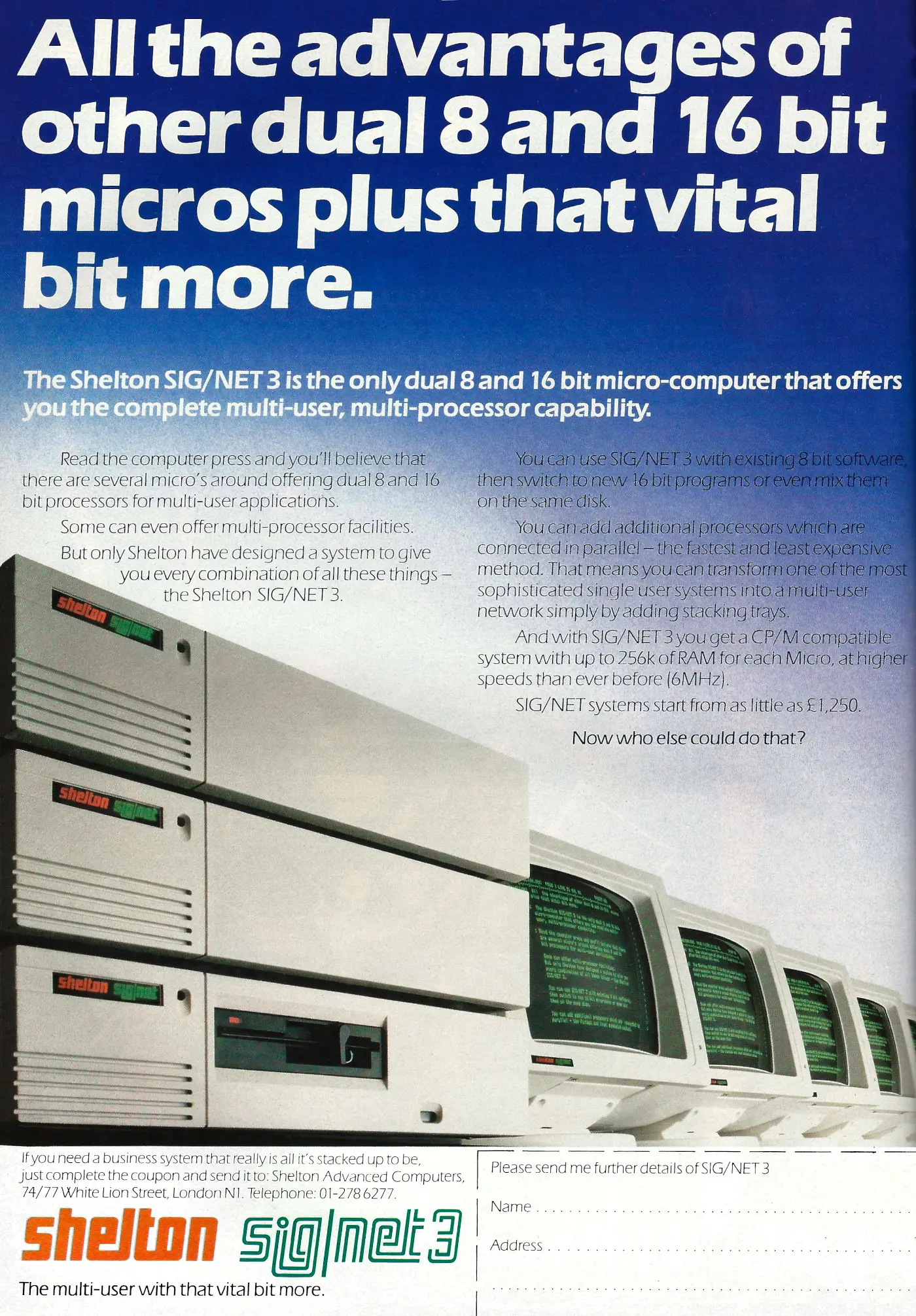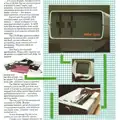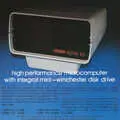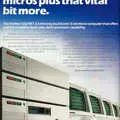
Shelton Advert - January 1984
From Personal Computer World

Sig/Net 3: All the advantages of other dual 8 and 16 bit micros plus that vital bit more
Here's an advert for the third iteration of Chris Shelton's Sig/Net - the modular multi-user system which was launched in 1981.
It also implies that dual-processor multi-user microcomputers were common. There were several around, but the era where micros would actually have separate CPUs in - one for 8-bit and one for 16-bit - was relatively short-lived.
The idea of the multi-user computer on the other hand had been around since the dawn of computers.
However, the increasing power of microprocessors and the increasing commoditisation of PCs meant that having expensive machines dedicated to servicing multiple users via terminals was being seen as increasingly out-dated, except perhaps in very large and specific installations.
It was this that killed off Digital, aka DEC, one of the most famous of the earlier multi-user companies.
Chris Shelton had started Shelton Instruments back in 1970, and had also designed the Nascom 1 - the UK's best-selling kit computer in the late 1970s - for John Marshall's company of the same name.
His design for the Sig/Net differed from the usual multi-user system in that "satellite" units, which supported up to three users each and which had their own Z80 processor, would connect to a "hub" unit which contained floppy and hard drives, as well as another Z80 CPU.
As such, each user had "their own computer in a box connected by our own proprietary, parallel bus to the other boxes"[1].
A benefit of this modular approach was that it was easy - and relatively cheap - to add more users. The advert suggests the cheapest component - probably the satellite units - retailed for £1,250, which is about £5,280 in 2025. Add a few hundred pounds for a terminal and looked at that way it was cheaper than an IBM PC for £2,500.
The company failed after a classic "Osborne Effect" moment - announcing new kit before it was ready, thus killing off demand for the existing machines. It also didn't help that its machine was still CP/M based, in the era of the 16-bit IBM PC.
That wasn't entirely Shelton's fault, as Digital Research had taken a long time to release CP/M-86 and other 16-bit flavours - a tactical error which helped kill off many CP/M-based micros and the companies that built them.
The remains of Shelton, or rather the Sig/Net itself, were sold off to Data Dynamics of Hayes, which appeared to be selling the Sig/Net 3B into the late 1980s[2].
Date created: 08 January 2024
Last updated: 18 July 2025
Hint: use left and right cursor keys to navigate between adverts.
Sources
Text and otherwise-uncredited photos © nosher.net 2025. Dollar/GBP conversions, where used, assume $1.50 to £1. "Now" prices are calculated dynamically using average RPI per year.



